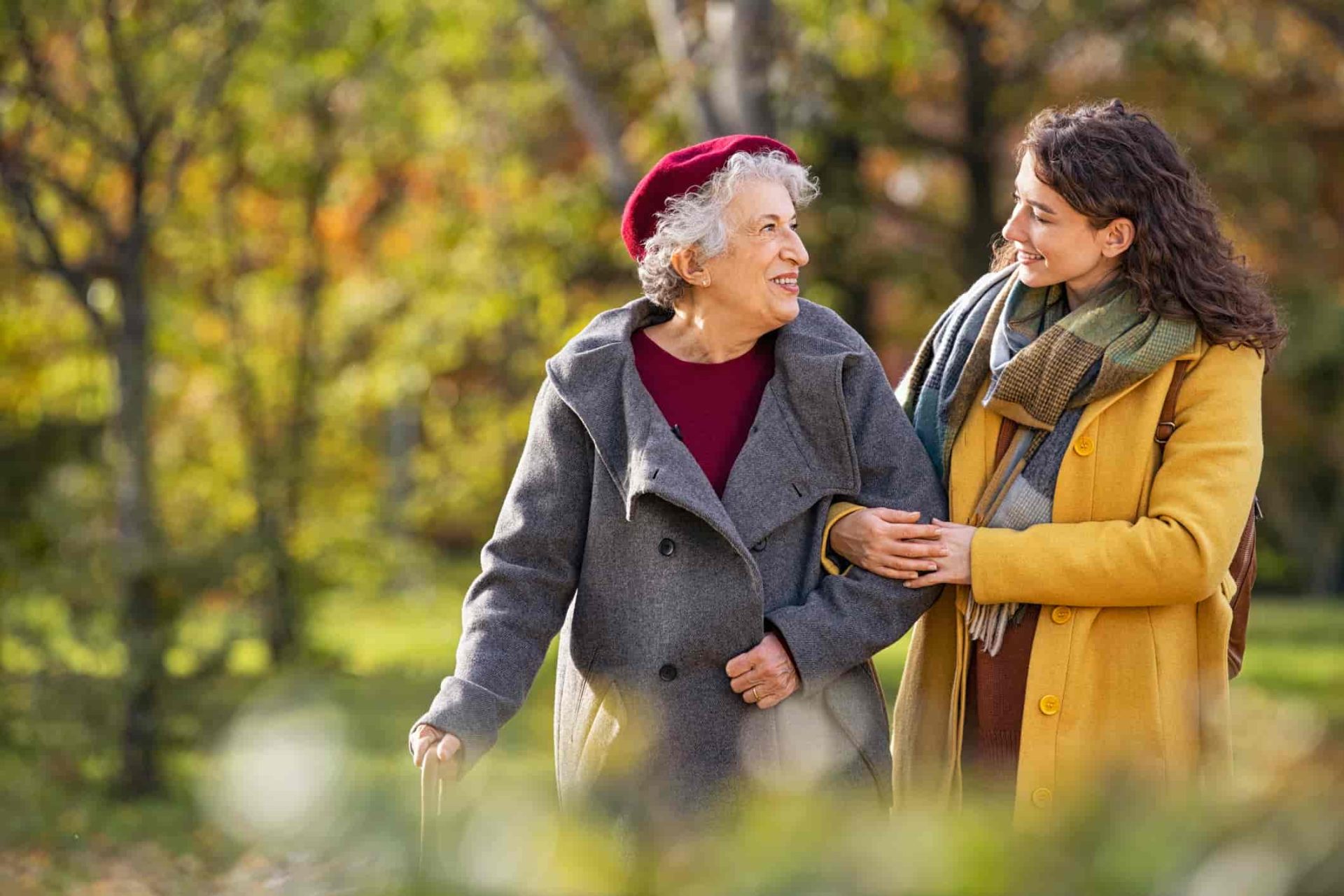
A few years ago, I texted with a friend about some personal family challenges. “How do you keep going, knowing what might happen?” she asked. Was I motivated by fear, afraid of what would happen if I didn’t keep going? Or was I motivated because I’m fearless?
When we care about something, we’re taking a risk. Caregivers take huge risks every day in making decisions on behalf of someone else, perhaps someone who cannot speak for themselves. They take a risk on being ostracized for their decisions. They risk their careers and other relationships with spouses, children, and friends. They risk their time and energy to pursue other pastimes for the sake of a single moment in which their loved one feels that sense of care.
When we think of risk takers, we think of climbing Mt. Kilimanjaro or deep-sea diving in the Maldives. We often consider the physical aspects of risk taking. And hear the phrases, “at one’s own risk,” “run the risk of,” or “flight risk.”
We neglect to understand risk takers are simply learners. Adam Grant, social psychologist, says “Curiosity to me is the starting point for all originality.” When we’ve become curious about something, we learn from it. We start asking ourselves, can we do this better, with more creativity. Or care?
In Forbes, he tells the story about Warby Parker, a company that refined their ideas to sell glasses online over time. “If you follow those entrepreneurs over a decade, (ones that take risks with little deliberation and others who deliberate plenty), that second group is 33% less likely to fail. That’s exactly what happened with the Warby Parker founders. All the risk-aversion that they brought to the table meant that they were constantly testing and iterating ideas instead of putting all their eggs in one basket.”
How does this apply to caregiving?
We start out as curious beings about this new role we’ve come into. We recognize we have something to learn here. About the process, about a medical issue, about how others handle the issues. We often forget we have much to learn about our loved one and ourselves too.
Once we begin making decisions, informed out of our curiosity and questions and refinement of our thoughts, we can impact the lives of those we care for. However, it’s in this moment when we are often questioned by family members, social workers or other personnel. We must remind ourselves: We did this work, we sorted through the obstacles, and this is the best decision we can make at this time. In following through, we take another risk of isolating ourselves from family, or they from us, even though we did the work.
If you’re confident you done the research, the homework, spent the necessary time with loved ones, the decisions are risky—only to an outsider.
Other Risks
Of course, care partners also take other risks. They risk their health, their well-being, financial security, and time and energy. The Mayo Clinic suggests ways to mitigate the above:
- “Focus on what you can do.” The upside to having learned what you can is to know more about what you can and cannot do for a person. This can often alleviate stress.
- “Ask for and accept help.” In this process, you’ve familiarized yourself with other support personnel. Even the most random associations with other care partners, or someone you only met, can enlighten you on next steps.
In a way, our caregiving experiences make us fearless. By now, many care partners have walked the most beloved people in our lives along diverse paths of acute health issues, and even death. What really is there left to fear? “Risk” is another four-letter word in the face of those challenges.